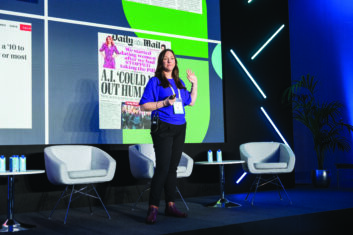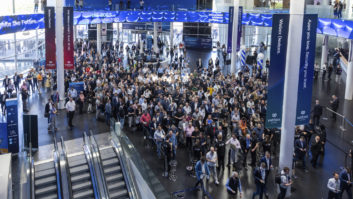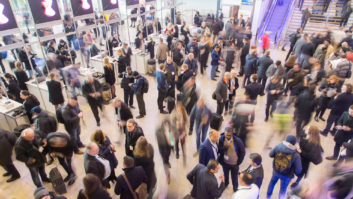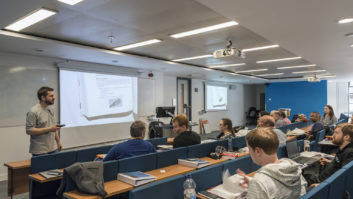
Education facilities are evolving and must incorporate this into their designs, according to Juan Antonio Martínez Carrascal of the Universitat Autònoma de Barcelona (UAB). “Higher education institutions have to consider the evolution from classical space by providing new features to encourage people to attend campuses, as it provides better outcomes,” said Carrascal, speaking at the opening of the Education Technology Summit. “New spaces should consider both new teaching practices and technology progression from the beginning.”
The UAB has already transformed spaces such as the library into collaborative spaces and has created open lab areas for public use, to ensure its learning areas support a transfer of knowledge to society. “We want to be the meeting point between university and society and this is an example of how spaces can integrate both worlds,” said Carrascal.
The education sector should also balance risks and benefits carefully when considering whether or not to integrate generative AI models into the education context, said Mhairi Aitken, ethics fellow at the Alan Turing Institute. She warned of the inherent bias and inaccuracies present in generative AI tools currently available to educators.
“Their use can jeopardise the trust that should exist between learners and institutions, and the wellbeing and progress of the students,” she said. “Having said that, generative AI can also be used for great benefit to improve accessibility and provide students with assistive technology, for example.”
If used responsibly, it provides tools to complement the experience of educators, says Aitken. “Generative AI will never be intelligent, it requires humans to play the key role in education. It’s here to stay, so the education world needs to equip learners with the skills and understanding to interact with generative AI responsibly.”







